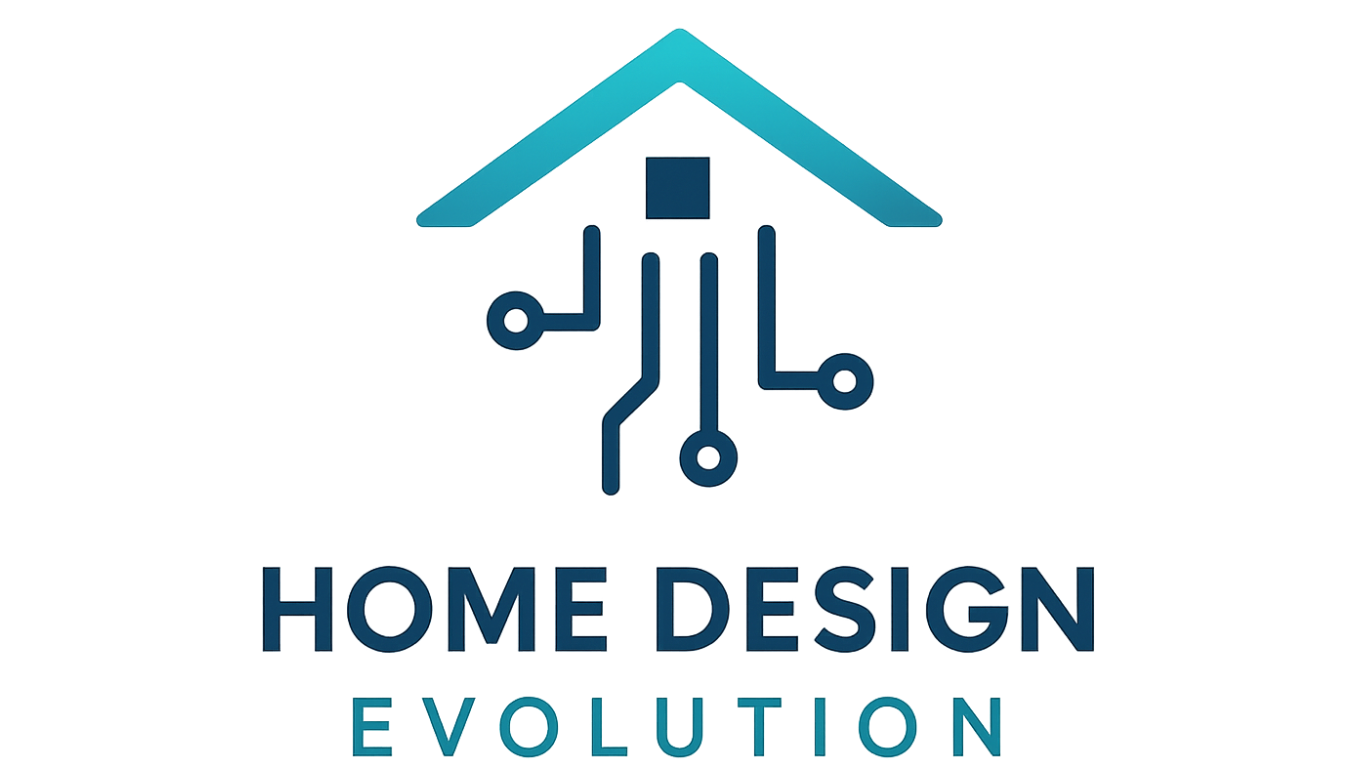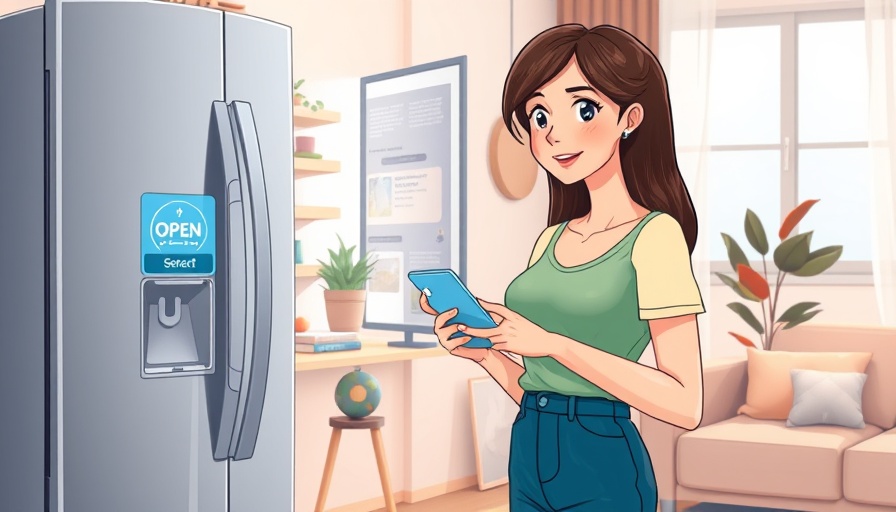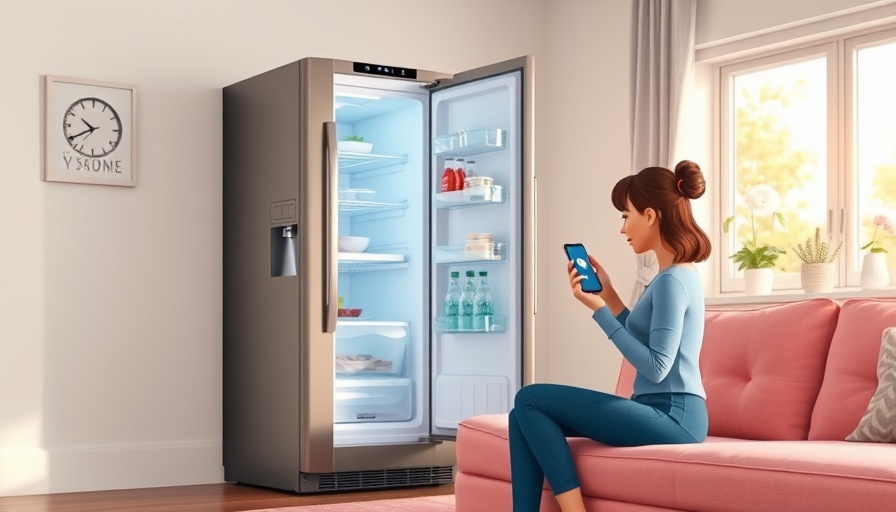
Is Going Without a Smart Home Really That Bad?
Many modern homeowners have embraced smart technology to enhance their living experiences. However, a recent 24-hour experiment by a tech enthusiast revealed surprising insights into the dependency on smart devices. Conducted in his home, the challenge, inspired by viewer comments, prompts a thought-provoking look at what life without a smart home feels like. As our reliance on technology increases, it begs the question: are we missing something important by choosing convenience over simplicity?
In 'The Day my Smart Home went Dumb', the experiment underwent a revealing challenge about life without smart technology, pushing us to reflect on how much we depend on these conveniences.
The Convenience Factor: What We Truly Value
After a day without smart technology, many reflect on how these conveniences impact our daily routines—especially during daily activities like turning off lights and setting alarms. Forgetting to manually turn off porch lights was an eye-opener. The homeowner discovered that their family generally felt comfortable without certain smart features. This experience opens a dialogue: are we sacrificing too much autonomy for convenience? What small aspects do we genuinely cherish in a technology-enhanced lifestyle?
Lessons Learned: The Satisfying Simplicity of Manual Control
While the experiment revealed a few annoyances, like having to manually switch on and off lights, it also highlighted a satisfying truth: sometimes simplicity works best. For example, the annoyance of a smart alarm that repeatedly pings on your phone can detract from a peaceful home environment. Noting the absence of constant notifications during this 24-hour period made the homeowner realize how refreshing it can be to take a break from tech reminders.
The Dilemma of Dependency: Could the Smart Home Go Dark?
However, this day in the dark also clarified that some tech features are undeniably valuable. The homeowner quickly missed the convenience of a smart garage controller while fumbling with keys after a long day. This contradiction raises an important point about our relationship with technology: we may love the efficiencies smart homes bring, yet we should also recognize when to draw boundaries between reliance and ease.
Finding a Balance: Integration Without Overreliance
As technology continues to infiltrate homes, creating a harmonious balance becomes critical. Acknowledging the moments when automation becomes burdensome can lead to better integration strategies that enhance, rather than overwhelm, our daily tasks. Many who use smart technology may find particular setups to be their lifeline in ease of living. Striving for that balance can help maintain a sense of control over our spaces while still leveraging innovation.
The Future of Smart Homes: Finding What Essentials Matter
As the homeowner concluded the experiment, they highlighted a desire to streamline what they might keep or discard. Smart technology should serve to enrich our lives, not complicate them. The takeaway from the 24-hour experiment? Being tech-savvy doesn’t always mean being smarter. For homeowners who embrace these innovations, the key is ensuring the technology serves a purpose that genuinely enriches family life—not just as an automated novelty.
The experiment inspired us all to think deeper about the state of our smart homes. If you find yourself feeling overwhelmed by technology, it might be time for a personal trial. Perhaps going a day without your smart gadgets could lead to new insights about your preferences as a homeowner.
 Add Row
Add Row  Add
Add 



Write A Comment